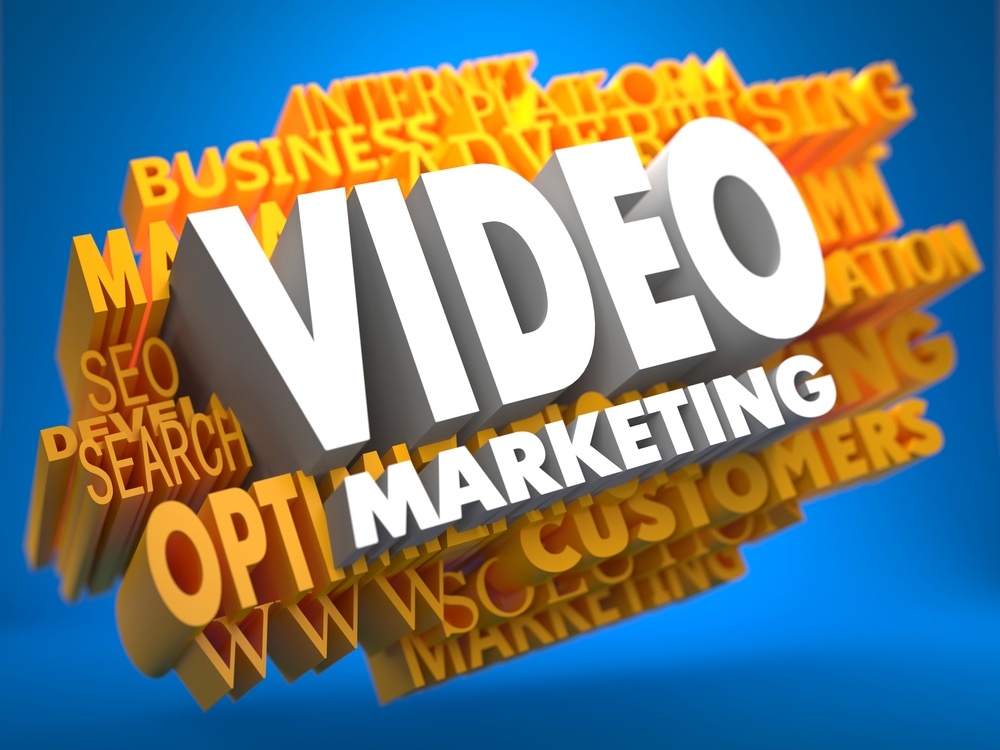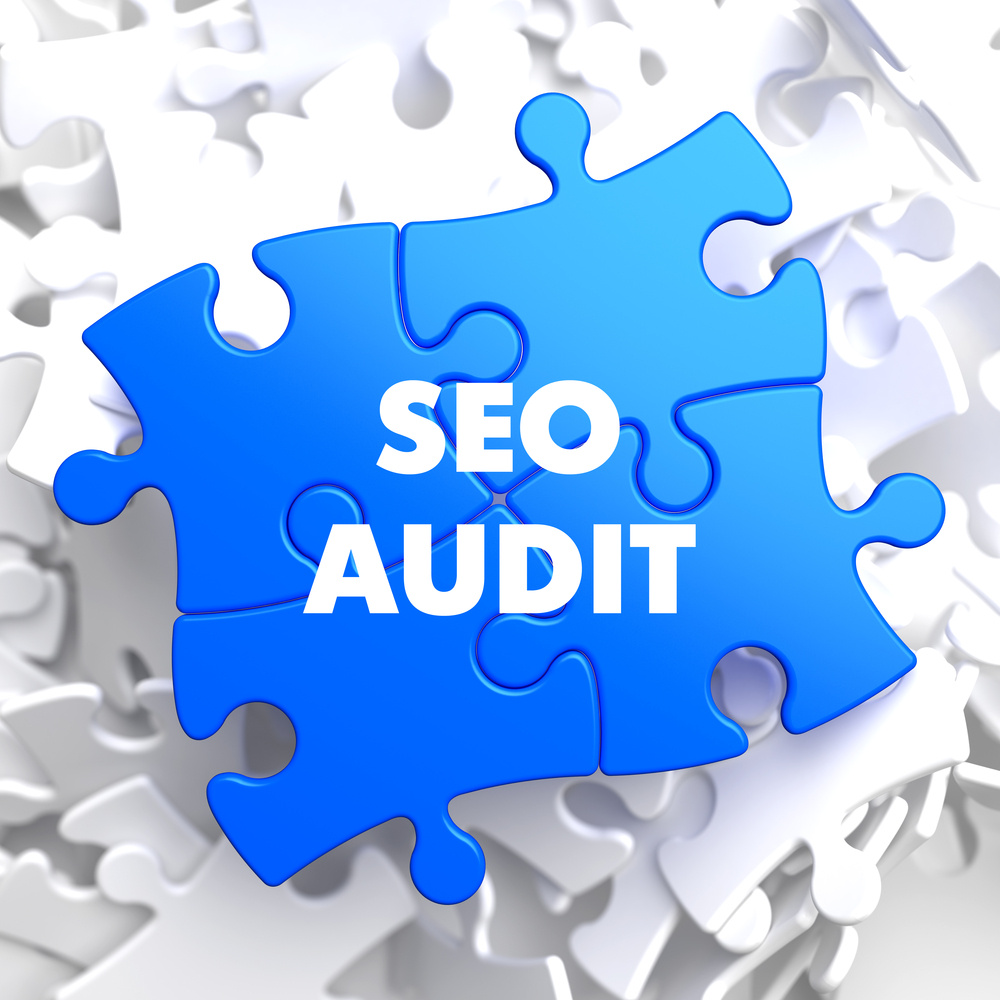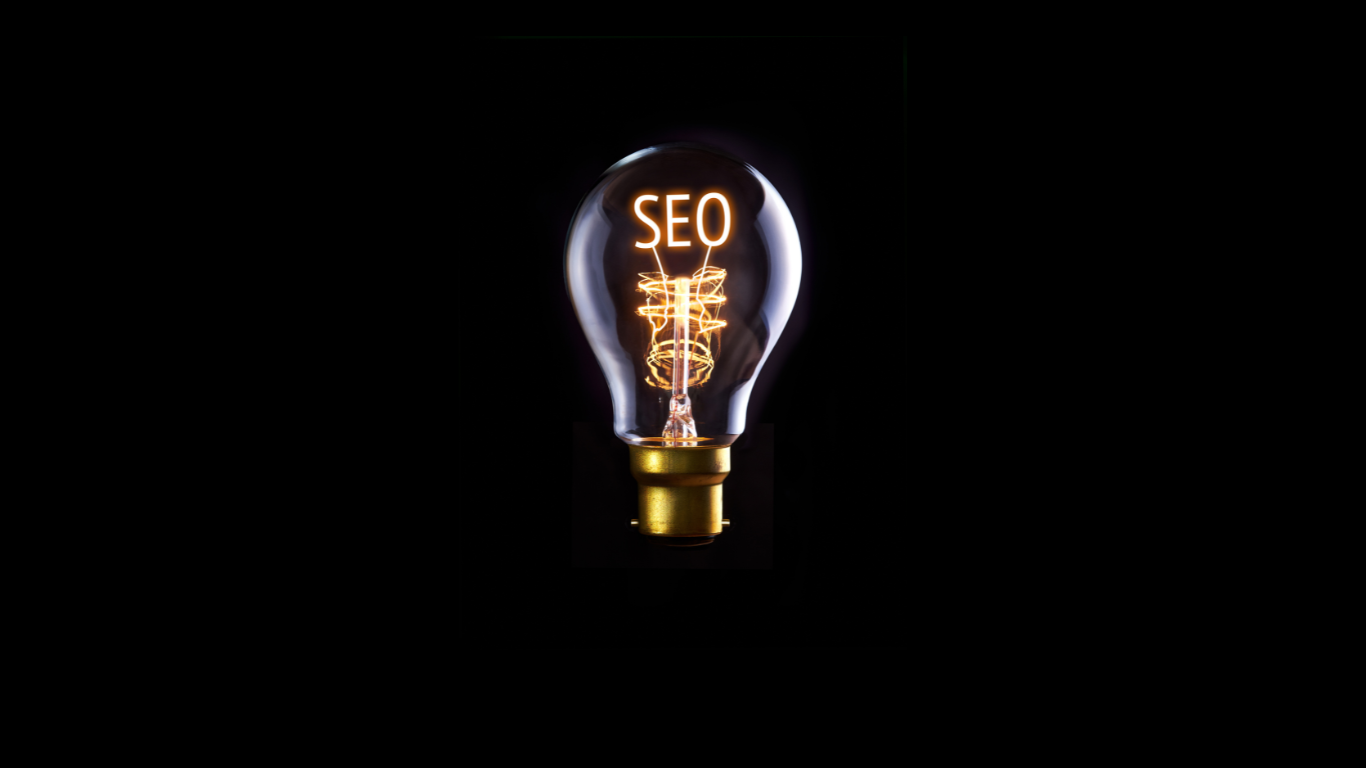In the rapidly evolving landscape of digital marketing, email continues to stand out as one of the most effective channels for engaging with your audience. However, as businesses expand, managing email campaigns manually can become increasingly complex and inefficient. This is where email marketing automation comes into play—a strategic tool that allows brands to optimize their campaigns, deliver personalized content at scale, and ultimately, drive higher conversions. In this blog, we'll explore how to strategically implement email marketing automation, backed by key statistics and real-world examples.
1. Leveraging Email Marketing Automation for Strategic Impact
Email marketing automation involves deploying software to automate the process of sending emails based on specific triggers like user behavior, demographics, or time intervals. This strategic approach allows you to scale personalized communications, ensuring that each subscriber receives the right message at the right moment, which is crucial for maximizing engagement and conversions.
A Statista report projects that global email users will reach 4.6 billion by 2025, reinforcing email's significance as a key channel for businesses. Furthermore, companies that implement automation see a 14.5% increase in sales productivity and a 12.2% reduction in marketing costs, highlighting the strategic value of automation.
Example: Amazon exemplifies successful email marketing automation by using it to send personalized product recommendations, abandoned cart reminders, and post-purchase follow-ups. This strategy not only enhances the customer experience but also drives substantial revenue. Notably, 35% of Amazon's revenue is attributed to its recommendation engine, powered by email automation.
2. Strategically Segmenting Your Audience for Enhanced Relevance
Effective segmentation is a cornerstone of email marketing automation. By strategically dividing your email list into specific segments based on demographics, purchase history, or behavior, you can tailor your campaigns to be more relevant and impactful. This targeted approach leads to higher engagement and conversion rates.
Mailchimp's research indicates that segmented email campaigns achieve a 14.31% higher open rate and a 100.95% higher click-through rate compared to non-segmented campaigns.
Example: Sephora, a global beauty brand, strategically segments its audience based on factors like past purchases, browsing behavior, and location. By doing so, Sephora delivers highly personalized emails that resonate with individual customers, resulting in higher open rates and increased customer loyalty. This strategy positions Sephora as a brand that truly understands and caters to its audience’s unique needs.
3. Personalizing Content to Drive Strategic Engagement
Personalization is at the heart of effective email marketing automation. By strategically leveraging data on your subscribers’ preferences, behaviors, and purchase history, you can craft personalized messages that resonate deeply with your audience, driving them to take action.
Epsilon reports that personalized emails deliver six times higher transaction rates, with 80% of consumers more likely to make a purchase when brands offer personalized experiences.
Example: Netflix excels in using email marketing automation to provide personalized content recommendations based on users' viewing history. These tailored suggestions, delivered directly to subscribers' inboxes, contribute to higher engagement and user retention. Netflix's strategic use of data ensures that subscribers receive content that aligns with their interests, enhancing user satisfaction and loyalty.
4. Automating Drip Campaigns for Strategic Lead Nurturing
Drip campaigns, also known as autoresponders, are a series of automated emails sent over time to guide leads through the sales funnel. These campaigns are strategically designed to nurture leads by delivering valuable content at each stage of their journey, gradually converting them into loyal customers.
A Forrester study found that companies excelling in lead nurturing generate 50% more sales-ready leads at a 33% lower cost. Drip campaigns can increase sales by 80% while reducing costs by 33%.
Example: HubSpot, a leader in inbound marketing, strategically uses drip campaigns to nurture leads. When a prospect downloads a whitepaper or signs up for a webinar, HubSpot's automation triggers a series of emails offering additional resources, case studies, and product information. This strategic nurturing process builds trust and steadily converts leads into paying customers.
5. Utilizing Triggered Emails for Strategic Timing
Triggered emails are automatically sent in response to specific subscriber actions, such as signing up for a newsletter, making a purchase, or abandoning a cart. These emails are strategically timed to be highly relevant, making them particularly effective in driving conversions.
Experian reports that triggered emails have a 152% higher open rate compared to traditional email campaigns and generate 30% of all email revenue.
Example: Airbnb strategically uses triggered emails to enhance user experience and drive bookings. For example, when a user searches for a property but doesn't complete the booking, Airbnb sends a triggered email with property details and similar listings. This timely reminder encourages users to return and complete their booking, significantly contributing to Airbnb's high conversion rates.
6. Measuring Success and Optimizing Campaigns for Strategic Growth
One of the key advantages of email marketing automation is the ability to track and measure campaign performance in real time. By analyzing key metrics such as open rates, click-through rates, conversion rates, and revenue, you can strategically identify areas for improvement and optimize your campaigns for better results.
The DMA reports that for every $1 spent on email marketing, the average return on investment (ROI) is $42, making it one of the most cost-effective marketing channels available.
Example: Adobe strategically uses email marketing automation to conduct A/B testing on various elements of their emails, such as subject lines, content formats, and call-to-action buttons. By continuously analyzing the performance of these tests, Adobe optimizes its email campaigns to achieve higher engagement and conversion rates, maximizing the ROI of its email marketing efforts.
Conclusion
Email marketing automation is not just a tool—it's a strategic asset for businesses aiming to streamline their campaigns, deliver personalized content, and increase conversions. By strategically segmenting your audience, personalizing content, automating drip campaigns, utilizing triggered emails, and continuously measuring and optimizing your efforts, you can fully harness the power of email marketing automation.
As the digital marketing landscape continues to evolve, adopting strategic approaches that enhance efficiency and effectiveness is essential for staying ahead of the competition. Start leveraging email marketing automation today to drive better results, enhance customer experiences, and propel your business to new heights.

A.H Brands
.png?width=500&height=200&name=Its%20Pet%20Cancer%20Awareness%20Month%2c%20and%20were%20committed%20to%20educating%20people%20about%20pet%20cancer%20and%20available%20resources.%20Innovative%20treatments%20now%20harness%20pets%20own%20immune%20systems%20to%20treat%20and%20manage%20va%20(13).png)

















